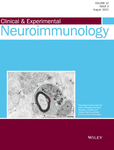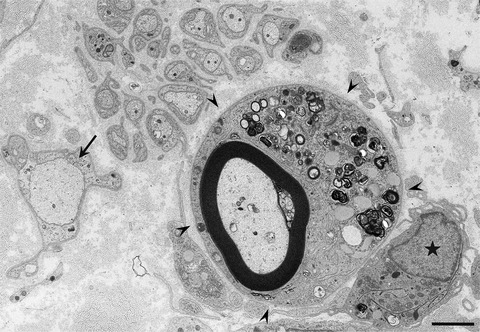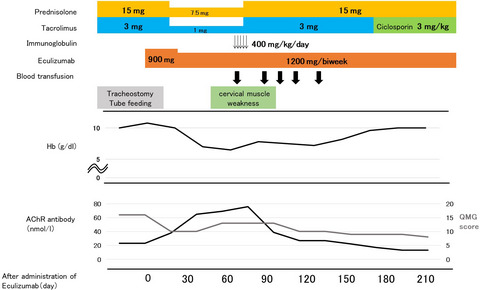Journal list menu
Export Citations
Download PDFs
ISSUE INFORMATION
EDITORIAL
NEW DEVELOPMENTS IN NEUROIMMUNOLOGY
Insights from the differences in clinical profiles of neuroimmune disorders between patients in Japan and those in Western countries
- Pages: 146-147
- First Published: 12 March 2021
Interleukin-19 ameliorates experimental autoimmune encephalitis
- Pages: 148-149
- First Published: 29 March 2021
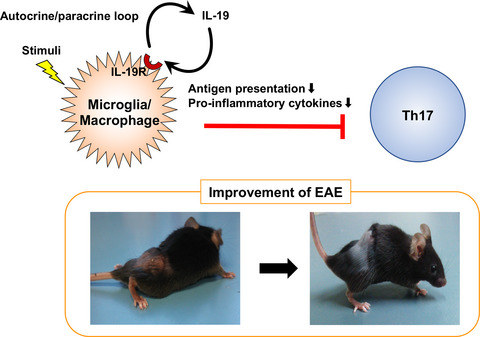
Interleukin-19 serves as a negative feedback regulator to limit the pro-inflammatory response of macrophages and microglia in autocrine/paracrine manners. Interleukin-19 suppresses microglia/macrophage antigen presentation, T helper 17 cell expansion and subsequent inflammation in the central nervous system, resulting in improvement in experimental autoimmune encephalomyelitis.
FOCUSED REVIEW SERIES ON EMERGING TOPICS ON GUILLAIN-BARRE SYNDROME
REVIEW ARTICLES
Multifaceted features of immunoglobulin G anti-GM1 antibodies in Guillain–Barré syndrome
- Pages: 150-157
- First Published: 09 June 2021
Anti-GQ1b antibody: Recent topics
- Pages: 158-164
- First Published: 23 July 2021
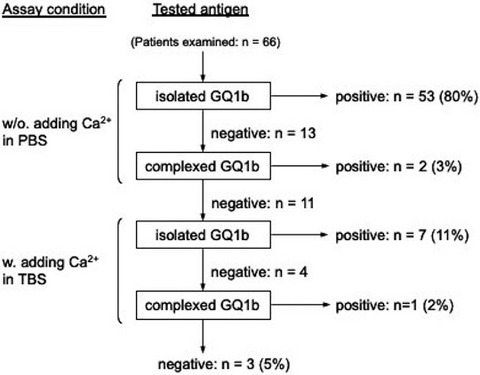
The latest topics are described regarding anti-GQ1b antibody, which is a diagnostic marker for Fisher syndrome, including Ca2+-dependent anti-GQ1b antibodies. Although the same anti-GQ1b antibody was positive, the clinical feature was different between the Ca2+-dependent antibody and the Ca2+-independent group.
Emerging infectious diseases, vaccines and Guillain–Barré syndrome
- Pages: 165-170
- First Published: 23 April 2021
MS/NMO AND ALLIED DISORDERS
CASE REPORT
Pregnancy in multiple sclerosis: A reflection on the importance of individualizing management
- Pages: 171-174
- First Published: 09 December 2020

We present two cases of active relapse-remitting multiple sclerosis in pregnant women with different clinical courses, mirroring the disease heterogeneity and unpredictability. The decision of maintaining disease-modifying therapy throughout gestation could be a strategy to reduce postpartum relapses.
MG AND NEUROMUSCULAR JUNCTION DISORDERS
CASE REPORT
Pure red cell aplasia and re-aggravation of myasthenia gravis as a result of early reduction of steroid and immunosuppressant after starting eculizumab: A case report
- Pages: 175-178
- First Published: 19 January 2021
MUSCLE DISEASE
CLINICAL LETTER
Fatal fulminant inflammation in the diaphragm resulting from pembrolizumab-related myopathy
- Pages: 179-181
- First Published: 30 March 2021
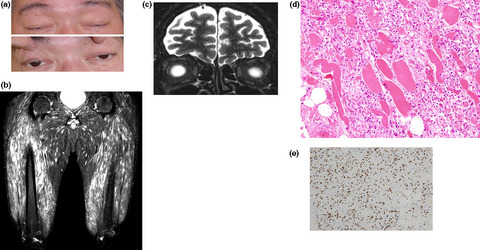
The pathological investigations of the fatal fulminant inflammation in the diaphragm resulting from Pembrolizumab-related myopathy. Histologically, diaphragm demonstrated massive infiltration of inflammatory cells and muscle fiber necrosis.The mechanisms that explain the generation of PD-1 nyopathy are still unknown. We should therefore always pay close attention to the neuromuscular symptoms of patients treated with ICIs.
NEUROSCIENCE AND NEURODEGENERATIVE DISORDERS
REVIEW ARTICLE
Cognition and psychopathology in autoimmune encephalitides: A focus on risk factors and patient outcomes
- Pages: 182-191
- First Published: 06 June 2021

Neurocognitive compromise, neuropsychiatric symptoms and psychopathology are all evident in autoimmune encephalitides. This review provides detailed analysis of the various cognitive deficits and psychopathology that occur in different subsets of autoimmune encephalitides . It also delves into the implication of the aforementioned in regard to patient quality of life and overall prognosis.
IMMUNOLOGY AND OTHER INFLAMMATORY DISORDERS
ORIGINAL ARTICLE
Differential production of interleukin-6 and tumor necrosis factor-α in primary rat astrocyte cultures using two distinct methods of microglia elimination
- Pages: 192-201
- First Published: 22 May 2021
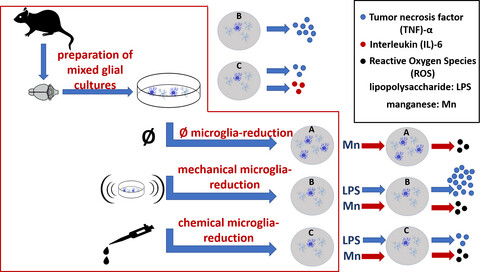
This study examines the effect of the most important factors involved in hepatic encephalopathy on the production of reactive oxygen species and cytokines such as tumor necrosis factor-α and interleukin-6 in highly purified primary rat astrocyte cultures. Results demonstrated that manganese evoked oxidative stress in a time-dependent manner. The cytokine production proved to be influenced by the type of the microglia elimination procedure.
REVIEW ARTICLE
Methodology for identification of new target molecules in neuroimmunological disorders
- Pages: 202-207
- First Published: 04 May 2021

Recent advances of proteomic technologies enable scientists to determine the target protein of autoantibodies in neuroimmunological disorders. These methods are divided into three categories, namely, (1) mass spectrometry–based method, (2) gene expression library screening, and (3) protein microarray. A sound knowledge of the advantages and limitations of each technique is required for selection of the optimal methodology for antigen identification.




